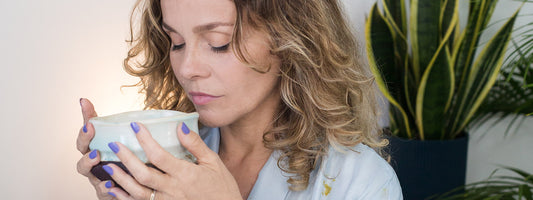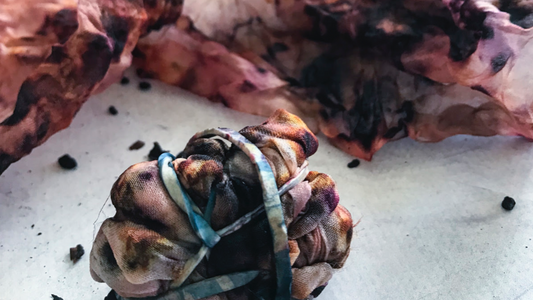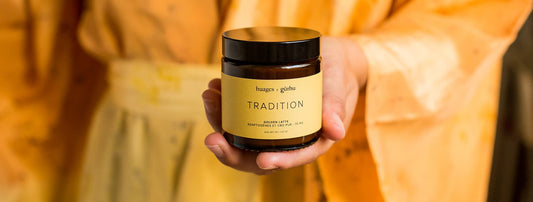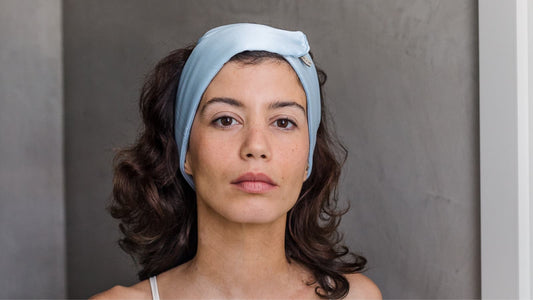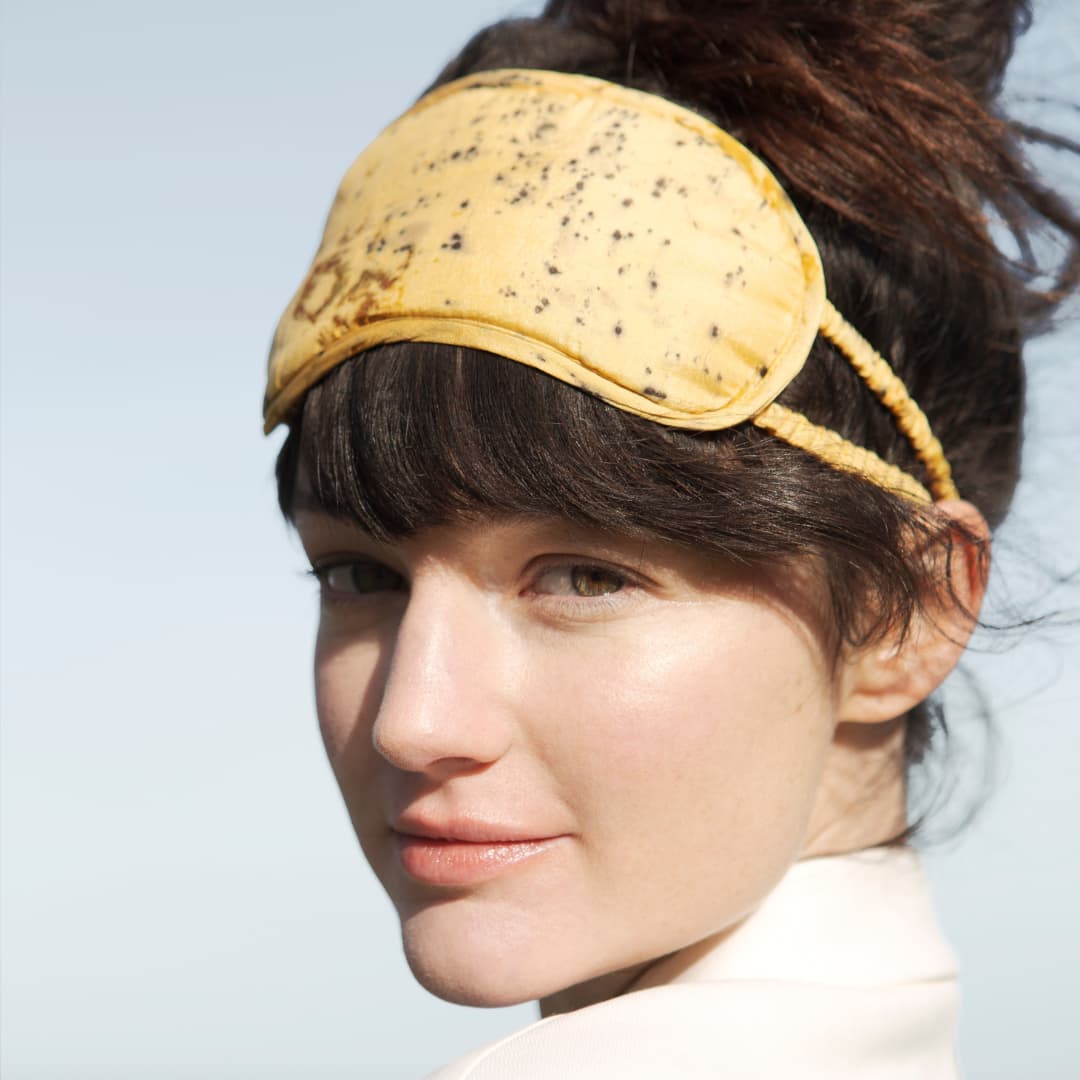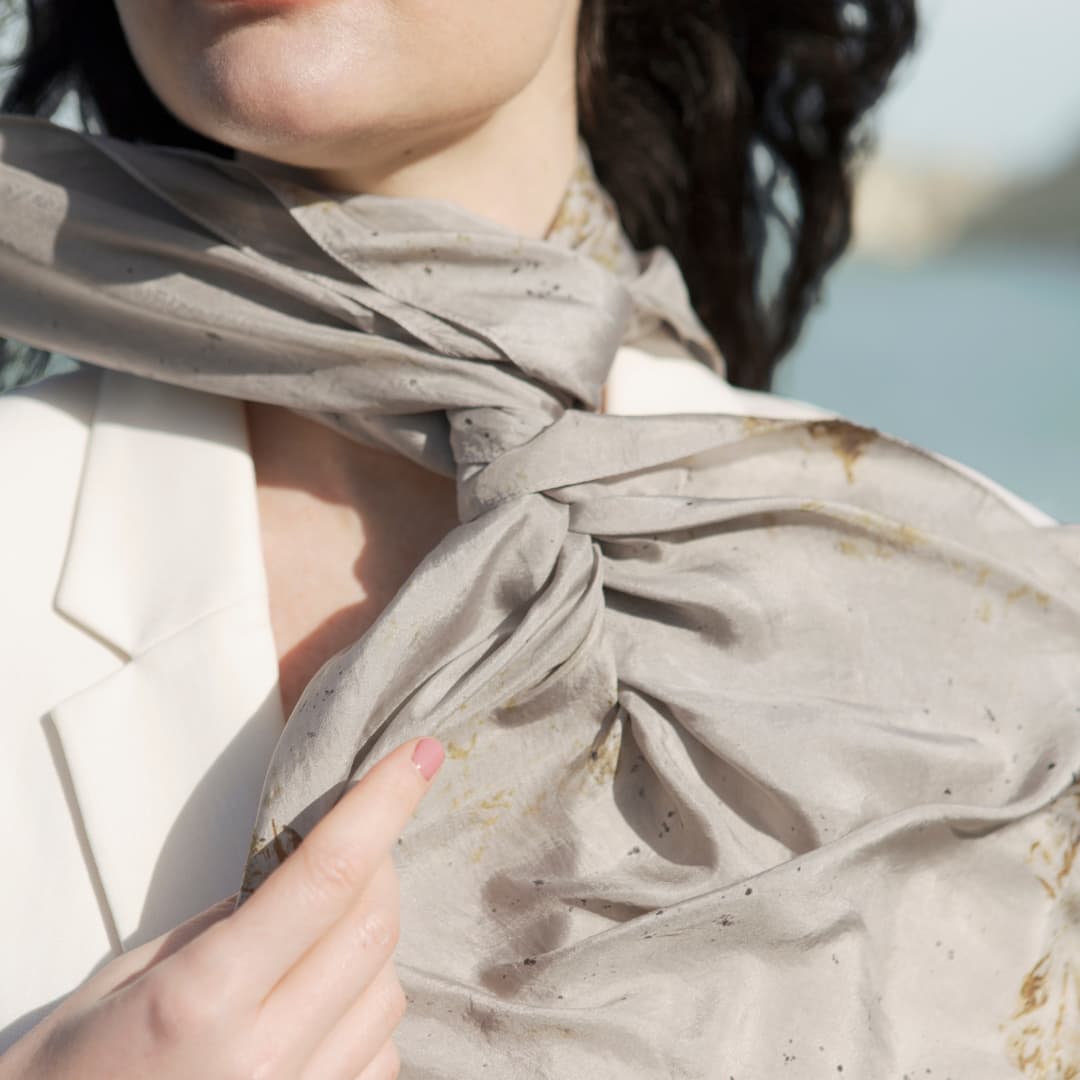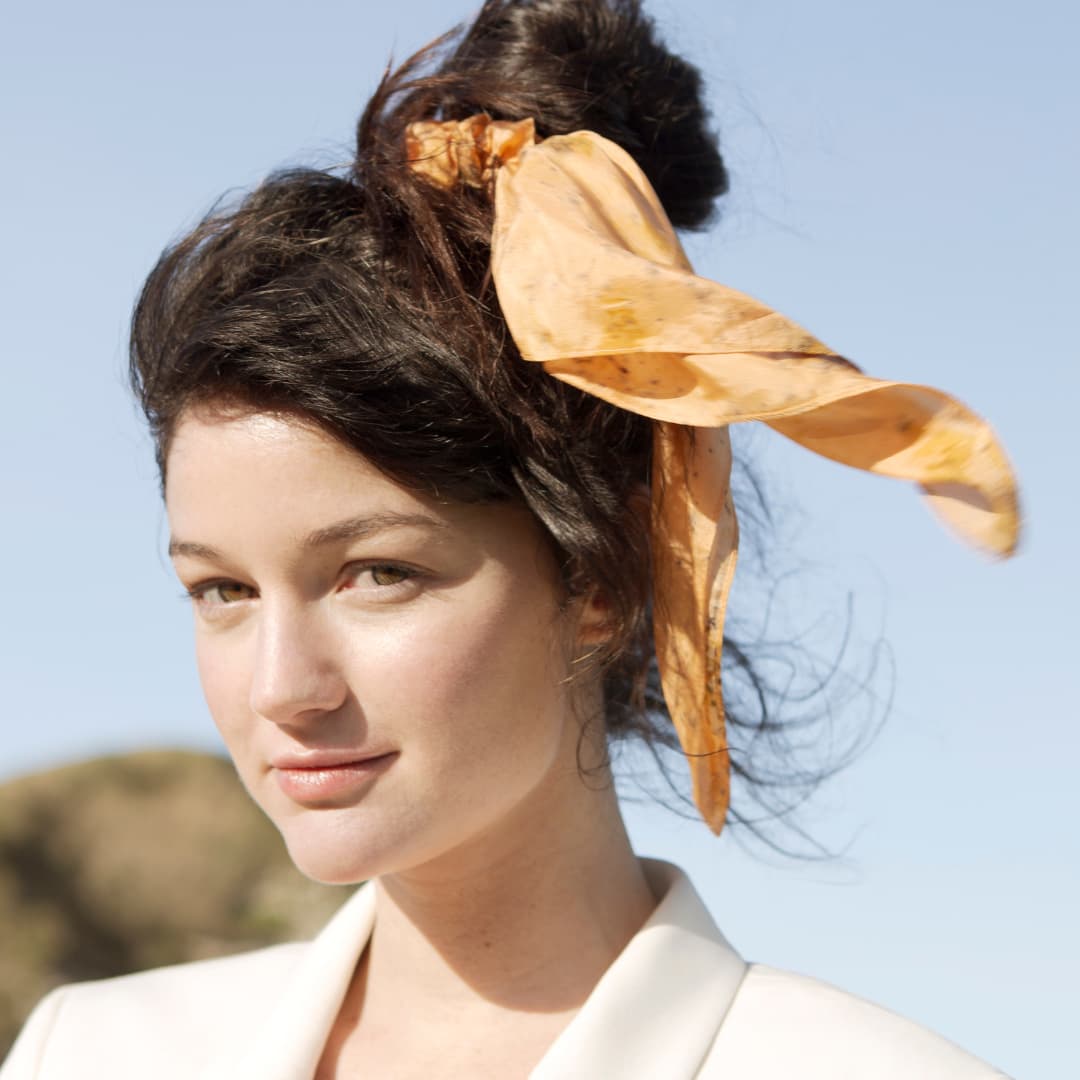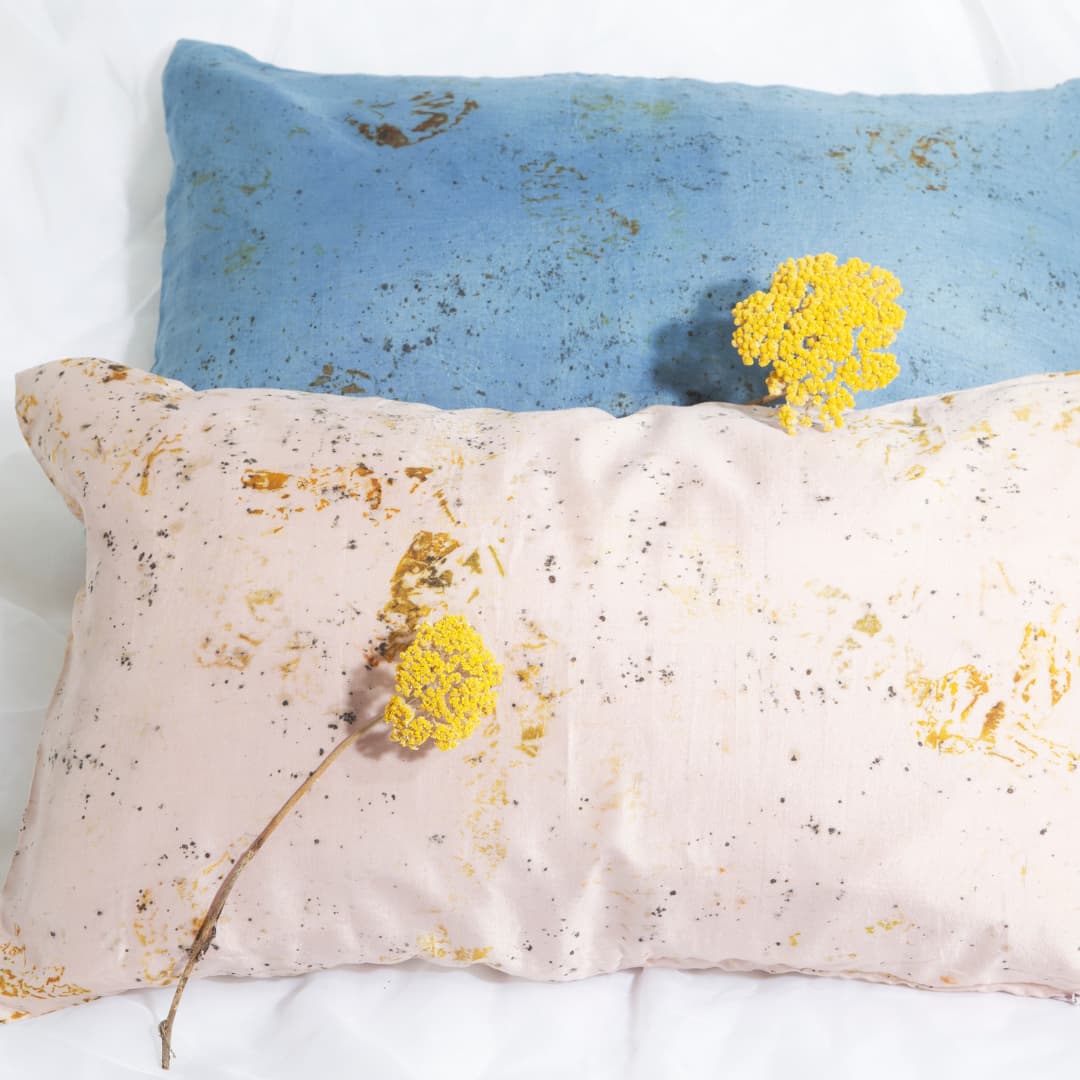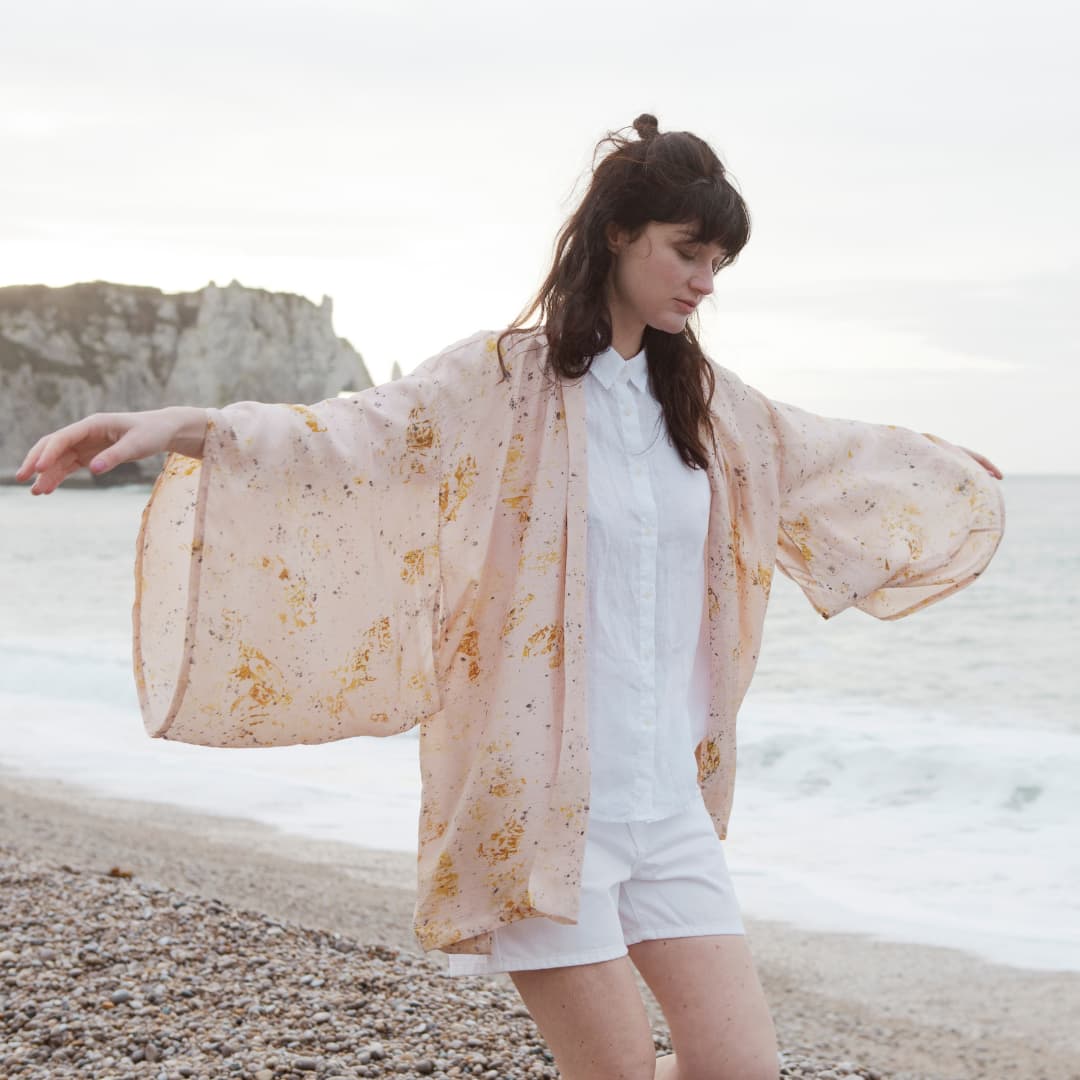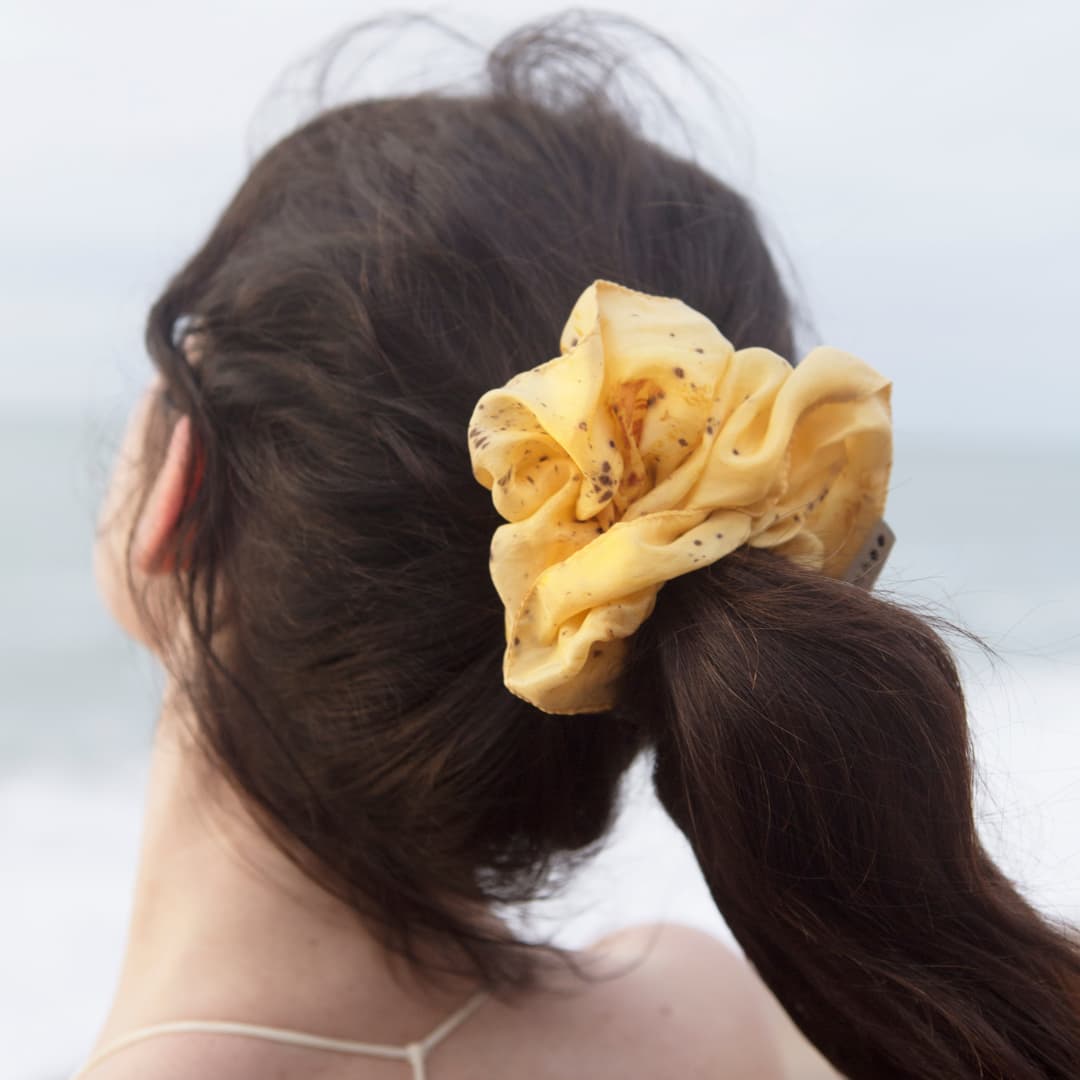Silk is a noble textile, coveted since Antiquity for its wonderful cosmetic and aesthetic characteristics. Used as currency in the same way as gold for decades, silk still attracts covetousness and still signs the collections of the biggest clothing brands. But what are the different types of silk ? What is the best quality ?
For linen, as for accessories or silk fabric by the meter, “mommes” are often presented as a reference to determine the quality of the fabric. What is silk momme and in what context is it used? Nimboo explains in this article the secrets of the silk momme.
What is silk momme?
The momme (from the Japanese monme ) is a Japanese unit of mass traditionally used to determine the density of silk . Unlike other fabrics made of cotton, linen, wool or synthetic materials which are based on the grammage (g/m²), silk therefore uses a specific unit… because it is a separate material!
The silk thread is indeed particularly fine and resistant and its count, that is to say its thickness, differs greatly according to the manufactures. It is the craftsman who transforms the raw silk into silk threads by combining several strands together which he twists and mills. These silk threads are therefore of variable thickness and their great solidity allows all types of weaving, from the most vaporous and fluid to the heaviest and matt. The momme of silk therefore depends on the thickness of the threads used and their number per square meter, in other words the throwing and weaving.
A momme of silk equals approximately 4.340 grams per square meter and standard silk fabrics generally break down as follows:
- • silk gauze from 3 to 5 momme;
- • 4 to 6 momme silk organza ;
- • 6 to 8 mm silk chiffon or silk muslin ;
- • Habotai silk and silk crepe de chine from 12 to 16 momme;
-
• silk satin from 12 to 30 momme.

Does the momme provide information on the quality of the silk?
Clothing and bed linen brands like fabric stores often claim the momme as a sign of quality: the more there is, the more luxurious the fabric would be. However, this recommendation is confusing, because the momme mainly provides information on the aesthetic and calorific characteristics of the textile .
To put it simply, the silk momme gives an indication of the mass of the fabric and its transparency, which helps in the manufacture of accessories, clothing or household linen. The higher the momme of silk, the heavier it will hang and the warmer it will be. Conversely, a silk chiffon will be transparent and airy, appreciated for example to make scarves or silk headbands .
The quality of the silk therefore depends on many other factors more significant than its density. Some marks, for example, refer to its rank , but this is also a partial reading grid. The grade is used in Japan to apply distinctive prices according to the types of silk. This classification of 11 grades is in no way compulsory, it provides information on the color, the length of the fibres, their cleanliness, the differences in the quality of the assembled yarn, etc.
The main disadvantage of the silk momme, like the grade, is that they can only be applied in the context of industrial production . With an artisanal production, as is the case with silk peace , the work of the silk is not as precise or mechanical, because it presents the signature of the handmade.
Thus we take into account other criteria to assess the quality of the silk. Among them, its ecological characteristics and its social impact are our priority.
What is the best quality of silk?
We traditionally distinguish mulberry silk , soft and sparkling, from wild silk , thick and matt which has a few “pimples”. These two types of silk are the most widespread on the market, produced in great majority in mass by Chinese industries. Although natural, these bristles are often altered by various chemical treatments:
- • silkworms are fed with leaves treated with pesticides and chemical fertilizers;
- • antibiotics are administered to the animal to reduce losses;
- • the silk is then subjected to dyes and chemical fixers.
Faced with this observation, but also to meet new market demands, ecological silk factories have been developed in recent years. But what about the social impact? These sericultures, generally present in Asia, often operate on the same development model which advocates profitability to the detriment of the worker and animal welfare.

100% natural and eco-responsible silk pillowcases, Nimboo collections
Peace silk , an ancestral heritage of Buddhism and Jainism once present in some remote areas of India, has always respected these social and environmental concerns. Raised in eco-responsible sericulture , the caterpillars produce high quality silk. These are gently extracted before they hatch and released into the wild. The peace silk is then cleaned with organic soaps, then dyed with natural dyes made from the fruits and flowers thrown around Hindu temples.
Our silk is pure, free of any chemical treatment and woven traditionally according to Indian silk weaving know-how. Ahimsa peace silk signs all our collections and represents for us the symbol of a sustainable and ethical development resolutely turned towards the future.


